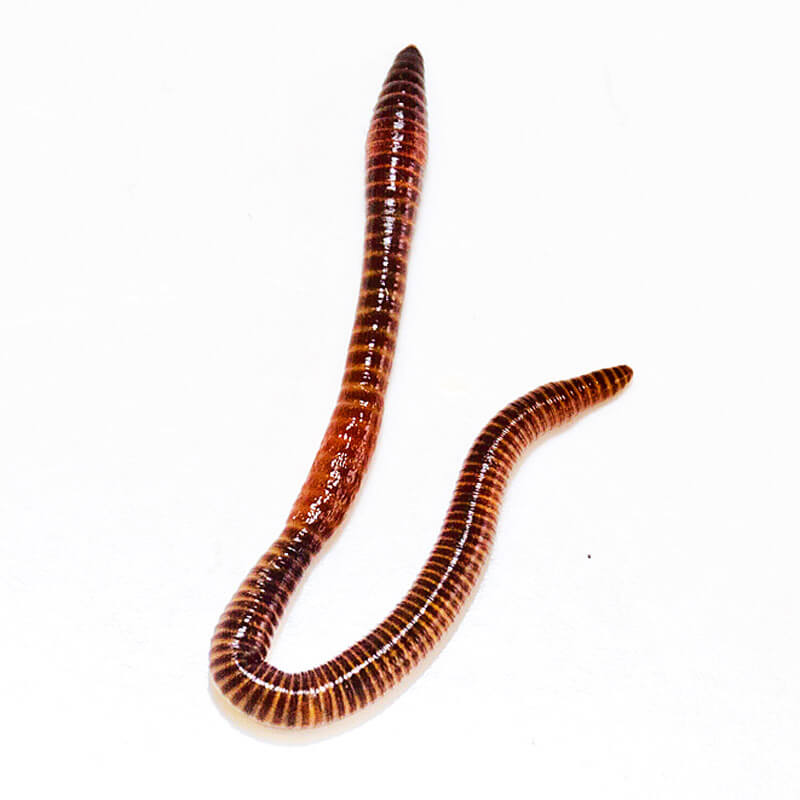Terrestrial Organisms
ECT offers a broad range of terrestrial tests that includes all standard species usually required for risk assessment purposes in soil and dung. All tests can be conducted in compliance with GLP and according to OECD, ISO and EPA guidelines. If required, additional custom-designed studies can be performed, e.g. with modified exposure scenarios, and alternative test species can be used, e.g. to establish species sensitive distributions.
Detailed information on tests with terrestrial microorganisms, plants and soil invertebrates, and on higher-tier terrestrial studies and microbial characterisation of soil is given in the tables below.
For tests with dung organisms, see here.
Within the SynTech Research Group, further laboratory and field tests with non-target arthropods are offered (see here for more information).
In addition, SynTech’s Bee Health Unit provides a complete portfolio of pollinator studies. Pollinator ecotoxicology studies include acute and chronic laboratory tests, semi-field and field studies with honey bees, bumble bees and solitary bees, as well as pollen/nectar exposure studies (see here for more information).
| Microorganisms | Guideline |
|---|---|
| Soil Microorganisms: Nitrogen Transformation Test | OECD 216 (2000) |
| Soil Microorganisms: Carbon Transformation Test | OECD 217 (2000) |
| Contact Test for Solid Samples Using the Dehydrogenase Activity of Arthrobacter globiformis | ISO 18187 (2024) |
| Terrestrial Plants | Guideline |
|---|---|
| Seedling Emergence and Seedling Growth Test | OECD 208 (2006) |
| Vegetative Vigour Test | OECD 227 (2006) |
| Determination of the Effects of Pollutants on Soil Flora. Part 1: Method for the Measurement of the Inhibition of Root Growth | ISO 11269-1 (2012) |
| Determination of the Effects of Pollutants on Soil Flora. Part 2: Effects of Contaminated Soil on the Emergence and Early Growth of Higher Plants | ISO 11269-2 (2012) |
| Chronic Toxicity in Higher Plants | ISO 22030 (2005) |
| Soil Invertebrates | Guideline |
|---|---|
| Earthworm Acute Toxicity Test | OECD 207 (1984) |
| Effects of Pollutants on Earthworms – Part 1: Determination of Acute Toxicity to Eisenia fetida / Eisenia andrei | ISO 11268-1 (2012) |
| Tests for Toxicity of Contaminated Soil to Earthworms (Eisenia andrei, Eisenia fetida or Lumbricus terrestris) | EPS 1/RM/43, Environment Canada (2007) |
| Earthworm Reproduction Test (Eisenia fetida / Eisenia andrei) | OECD 222 (2016) |
| Effects of Pollutants on Earthworms – Part 2: Determination of Effects on Reproduction of Eisenia fetida / Eisenia andrei and other Earthworm Species | ISO 11268-2 (2023) |
| Enchytraeid Reproduction Test (several species) | OECD 220 (2016) |
| Effects of Contaminants on Enchytraeidae (Enchytraeus sp.): Determination of Effects on Reproduction | ISO 16387 (2023) |
| Collembolan Reproduction Test in Soil | OECD 232 (2016) |
| Inhibition of Reproduction of Collembola (Folsomia candida) by Soil Contaminants | ISO 11267 (2023) |
| Predatory Mite (Hypoaspis (Geolaelaps) aculeifer) Reproduction Test in Soil | OECD 226 (2016) |
| Avoidance test for determining the quality of soils and effects of chemicals on behaviour – Part 1: Test with earthworms (Eisenia fetida and Eisenia andrei) | ISO 17512-1 (2008) |
| Avoidance test for determining the quality of soils and effects of chemicals on behaviour – Part 2: Test with collembolans (Folsomia candida) | ISO 17512-2 (2011) |
| Higher-tier Terrestrial Studies | Guideline |
|---|---|
| Effects of Pollutants on Earthworms – Part 3: Determination of Effects in Field Situations | ISO 11268-3 (2014), Technical recommendations according to Kula et al. (2006) |
| Field studies with soil invertebrates (enchytraeids, mites, collembolans and nematodes) | ISO 23611-1 (2018), ISO 23611-2 (2024), ISO 23611-3 (2019), ISO 23611-4 (2022), ISO 23611-6 (2012) |
| Effects of soil contaminants on feeding activity of soil-dwelling organisms in the field – bait lamina test | ISO 18311 (2016) |
| Characterisation of Soil: Microbial Characterisation | Guideline |
|---|---|
| Determination of Soil Microbial Biomass – Part 1: Substrate-Induced Respiration Method | ISO 14240-1 (1997) |
| Determination of Soil Microbial Biomass – Part 2: Fumigation-Extraction Method | ISO 14240-2 (1997) |
| Characterisation of Soil: Physical / Chemical Characterisation | |
|---|---|
| • pH • Texture • Total organic carbon content • Maximum water holding capacity • Cation exchange capacity • Total nitrogen content • Carbonate content |

